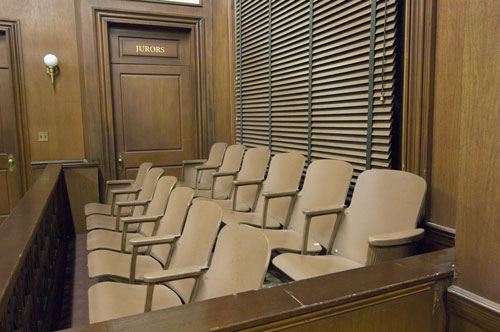The United States Supreme Court majority continued in relevant part: To answer such questions, a court will sometimes consult the Shepard documents in a case, which include judicial records, plea agreements, and colloquies between a judge and the defendant. See Shepard v. United States, 544 U. S. 13. This Court’s cases hold that a sentencing judge may use the information gleaned from Shepard documents for the “limited function” of determining the fact of a prior conviction and the then-existing elements of that offense. “No more is allowed.” Mathis v. United States, 579 U. S. 500, 511. Moreover, often Shepard documents will not contain all the information needed to conduct a sensible ACCA occasions inquiry, and they can also be “prone to error.” Mathis, 579 U. S., at 512.
Amicus insists this Court’s Almendarez-Torres precedents are mistaken, because the Fifth and Sixth Amendments’ original meaning and common-law traditions authorize judges at sentencing to find all manner of facts about an offender’s past crimes. But this Court has been down this road many times before, and to reconsider all those precedents now would require, at the least, convincing proof indeed. See Gaudin, 515 U. S., at 515. Yet amicus offers nothing like that, and the evidence he does offer does more to hurt than help his cause. Amicus points to supplemental information procedures that a few States employed in the early 19th century. But a sentencing procedure followed by a few States hardly represents “convincing” proof that our precedents have mistaken the original meaning of the Fifth and Sixth Amendments. And in upholding one such scheme, the Court stressed that, under the law’s terms, even “the fact of former conviction” had to be “charged” by prosecutors and then “determined by a jury in a proceeding thereby instituted.” Graham v. West Virginia, 224 U. S. 616 (1912).
Justice Gorsuch references “the original meaning of the 5th and 6th Amendments.” This gives a nod to the method of constitutional interpretation that was associated with the late Justice Scalia. It is a method that is usually preferred by more “conservative” justices and criticized by the more “liberal” justices.

